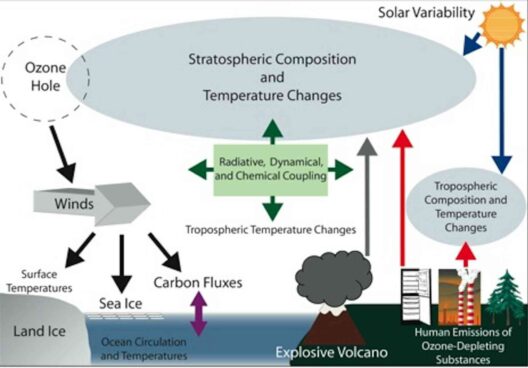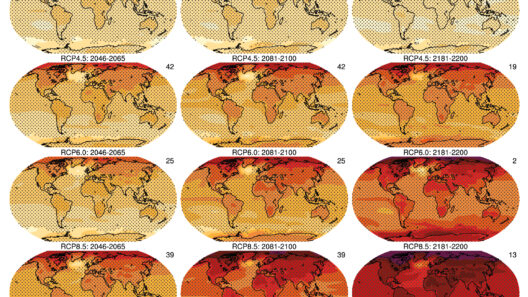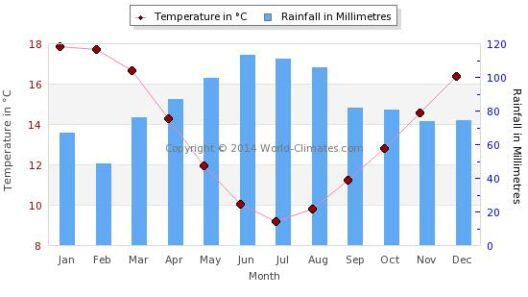The Climate Clock is an innovative and sobering representation of the time remaining to address the critical issue of climate change. It serves as a visual and symbolic reminder of the urgency required to mitigate the devastating effects of global warming. The clock tracks the deadline for maintaining global temperatures below 1.5 degrees Celsius, which is crucial for preventing catastrophic climate impacts. This initiative has garnered worldwide attention, instigating conversations on climate action and responsibility.
The conception of the Climate Clock can be traced back to a passionate and collaborative effort by artists, activists, and technologists. One of its main architects is Gan Golan, an artist and activist, who, along with his team, developed the concept in conjunction with the broader movement advocating for climate change awareness. Golan, together with design collaborator Andrew Boyd, envisioned this project as a method to encapsulate the existential threat posed by climate change. The first iteration of the clock was unveiled in 2020 in Manhattan’s Union Square, instantly captivating audiences and catalyzing vital dialogue surrounding climate action.
At its core, the Climate Clock is more than just a timepiece; it embodies a sense of urgency and a call to action. The clock counts down not just the seconds but the opportunities humanity has left to achieve significant climate action. It is a manifestation of climate data transformed into a piece of public art. Through this project, the creators hope to galvanize individuals, communities, and governments to grasp the implications of inaction. The visual impact of the clock serves as a catalyst for discussions that too often take place in the sterile confines of academic or political spaces.
One of the most striking features of the Climate Clock is its accessibility. It was designed to be visible to everyone, thus democratizing the conversation around climate change. The physical representation is complemented by a digital platform that allows for real-time updates on the countdown. This expansive accessibility invites a diverse audience into the discourse, enabling people from various backgrounds to engage with the pressing realities of climate change. Moreover, the design integrates various data points, transforming complex scientific information into digestible forms that resonate with the public.
Readers engaging with content on the Climate Clock can anticipate several themes. Firstly, there is an in-depth exploration of its artistic dimensions. The utilization of art as a form of activism is poignant, illustrating how creativity can intersect with scientific discourse. The Climate Clock is emblematic of how aesthetics can provoke emotional responses, thereby fostering urgency surrounding environmental issues. Articles and analyses may delve into the intersection of art and activism, examining how visual art can inspire societal change and collective action against climate challenges.
Secondly, the conversation will likely extend into the scientific implications of the data being represented. Articles can dissect the intricacies of climate science, elucidating the significance of the 1.5 degrees Celsius threshold in relation to both historical data and predictive modeling. What does this temperature increase signify? Why is it essential to maintain such a target? Such content will appeal to readers eager for a deeper understanding of the environmental crises confronting our planet and the importance of intergovernmental collaborations aimed at achieving these targets.
A subsequent layer of discourse may include mentions of activism and policy. The Climate Clock can touch upon various movements worldwide that echo its message, driving home the importance of policy transformations and grassroots activism. Through case studies of successful advocacy campaigns and grassroots efforts, readers can discover the tangible actions individuals and communities can adopt in the face of overwhelming odds. Engaging with these narratives enables readers to view the Climate Clock not merely as an artistic installation but as a revolutionary call to action.
Furthermore, discussions surrounding sustainability practices could complement the narrative. Readers may find valuable insights into how personal and communal lifestyle changes can contribute to mitigating climate change. This dimension will foster an essential conversation about individual responsibility versus collective action. It emphasizes that every small change can culminate in significant impacts, inviting readers to reflect on their habitual choices and consumer behaviors. By interweaving sustainability tips with the Climate Clock’s message, content creators can empower individuals to participate actively in the remedy of climate change.
Additionally, the Climate Clock’s engagement with technology offers another intriguing perspective. The digital aspect of the clock not only disseminates real-time information but also connects individuals to a global network of climate change activists and organizations. This tech-savvy integration underscores the importance of utilizing digital tools in the age of information. Therefore, articles exploring how technology can enhance climate communication and foster broader engagement could further enrich the discourse surrounding the Climate Clock.
As we continue to grapple with the consequences of climate change, the significance of the Climate Clock remains paramount. It serves as a vivid reminder of the precarious intersection of time and responsibility. The clock’s various dimensions – artistic, scientific, activist, and technological – weave together to create an intricate tapestry of urgent climate advocacy. Through this multifaceted approach, we can better grasp the enormity of the climate crisis and the imperative need for both collective action and individual accountability. In essence, the Climate Clock compels us to confront the ticking countdown and to act decisively in safeguarding our planet for future generations.








